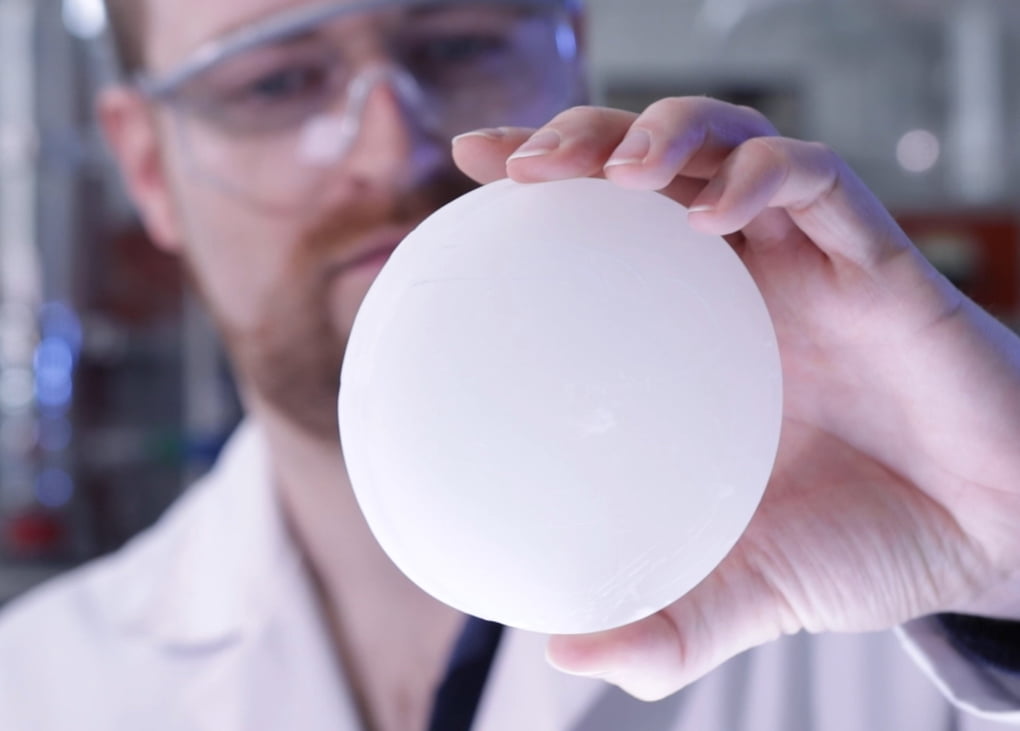Researchers at Martin Luther University Halle-Wittenberg (MLU) and the University of Leipzig have developed a new heat storage material that could improve energy efficiency in buildings.
The material can both store heat and send it back into the environment as needed. While similar materials exist, this new one is more stable, made from non-harmful substances, and has a greater capacity for storage.
The shape-stabilised phase-change material is made up of fatty acids stored between a framework of solid silicate, and can absorb large amounts of heat by changing its physical state from solid to liquid.
Professor Thomas Hahn from the Institute of Chemistry at MLU explains most people are familiar with the principle from using hand warmers.
However, unlike hand warmers this invention doesn’t melt when it heats up.
“The heat storage material is enclosed in a framework of solid silicate and cannot escape due to high capillary forces,” says Prof. Hahn.
According to the research, the material is able to store up to 24 times per 10°C more heat than conventional concrete or wallboard.
There are plans to trial the material in the construction industry, such as in large panels that could be used in walls.
Felix Marske, who worked with Prof. Hahn on the project, says the team’s knowledge can be used to further optimise the material and to potentially produce it on an industrial scale.
While the material has only been tested in small quantities so far, it is hoped it will help make buildings more energy efficient in future.
The full abstract is available to read here.
Feature image via Martin Luther University Halle-Wittenberg.



Leave a Reply